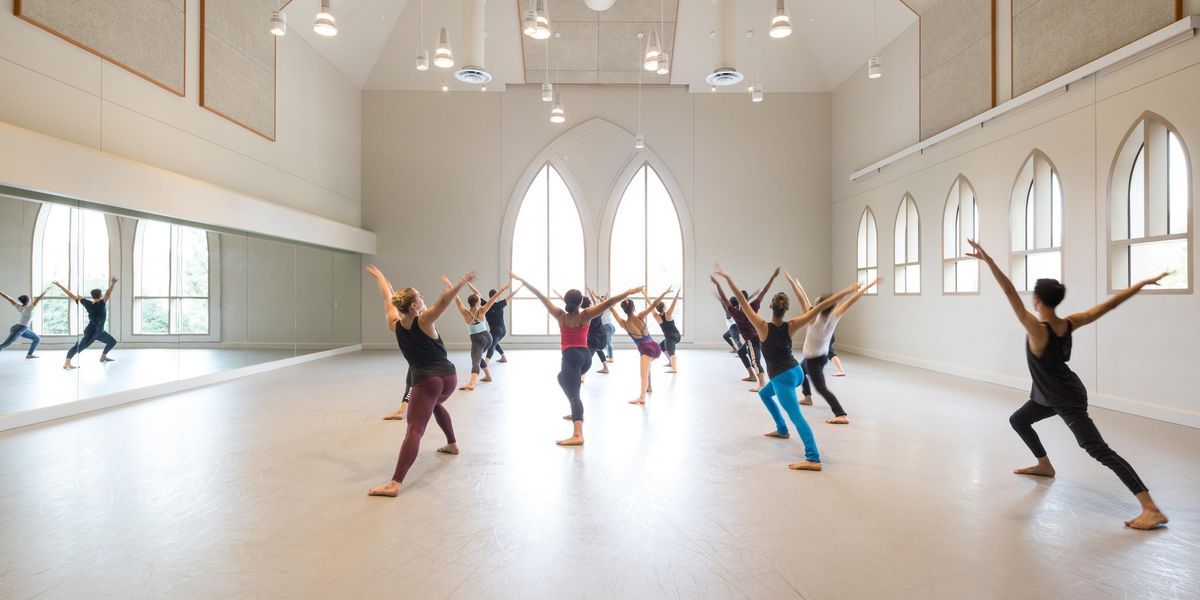Making It Happen: A Taste of the Real World
Abraham.in.Motion in
Pavement. Carrie Schneider, Courtesy Pentacle
Pamela Tatge feels a strong responsibility to expose Wesleyan students to the working world of contemporary dance. As director of the Center of the Arts, she’s not a professor, or even a former dancer—her background is in theater—but her commitment to the art runs strong. “There’s an extraordinary appetite for dance on our campus,” she says, adding that roughly 40 percent of Wesleyan students take at least one credited dance course before graduating. “And seeing a real lack of a center for contemporary dance in Connecticut, I decided that it would be the focus of my work here.”
Thanks to Tatge’s drive, and aided by a grant from Dance/USA’s Engaging Dance Audiences, three Wesleyan students will intern with three dance companies for five weeks this summer: Doug Varone and Dancers, Kyle Abraham’s Abraham.In.Motion, and Margaret Jenkins Dance Company.
Tatge’s creation, the DanceLink Fellowship Program, has a threefold mission. Students submit an application and a recommendation from a faculty member, are reviewed by a committee, and then interviewed by the companies. Those chosen receive experience in artistic and administrative positions as well as the chance to network with the artists. In return, students act as a liaison between Wesleyan and the companies when they perform at the Center for the Arts, promoting the event across campus—what Tatge calls “peer-to-peer marketing”—and leading pre-performance talks. And finally, students conduct video-taped interviews with the directors about their work, footage that the companies can also use at future tour sites.
A similar fellowship was piloted in the summer of 2009 when junior dance major Allison Hurd worked with Reggie Wilson’s Fist and Heel Dance Company. She traveled with them to the International Festival of Arts and Ideas in New Haven, and worked with Wilson in Brooklyn. “Reggie wanted archival representation of what was happening at the festival, and I attended rehearsals, took notes, managed props for the piece, and even operated the soundboard for the performance,” Hurd says. Today, she’s a development intern at Movement Research in New York City, helping with grant writing, program tracking, and fundraising. “The work I did helped me build an administrative skill set,” she says. “And seeing all of the cultural research that went into Reggie’s work illuminated my own passion for dance.”
Eiko Otake, of famed duo Eiko & Koma, sees the fellowship program as a boon to the participating companies. “My entire team is Wesleyan grads,” she says. “They’re well-rounded. The same person I might hire for set-making, I can ask to edit my English.” Though Eiko & Koma is not one of the companies in the 2013 program, Otake, who has taught at Wesleyan since 2005, says she’d like to take part in the coming years.
Tatge would also like to see the program expand, ideally to include international companies. She also hopes the program will become a model for other college performing arts centers. “The idea is to open up the possibilities of the jobs in the arts,” she says. “I want it to be something other university campuses can get behind.” —Jenny Dalzell




